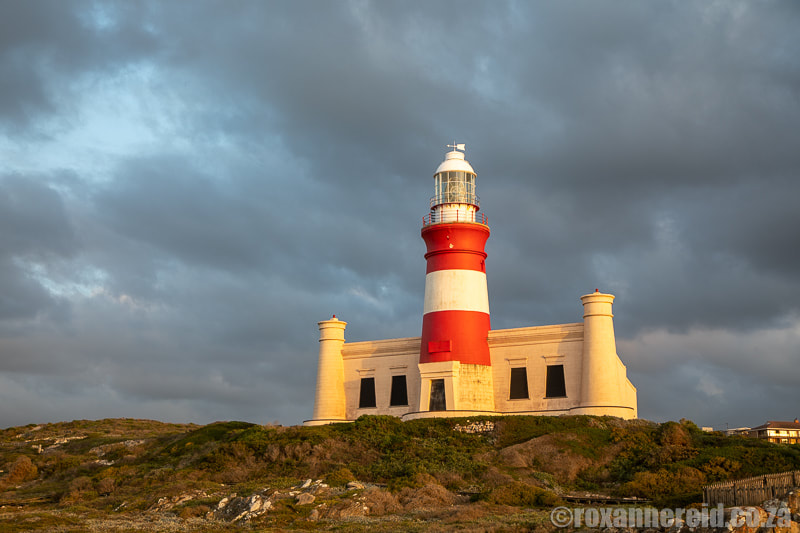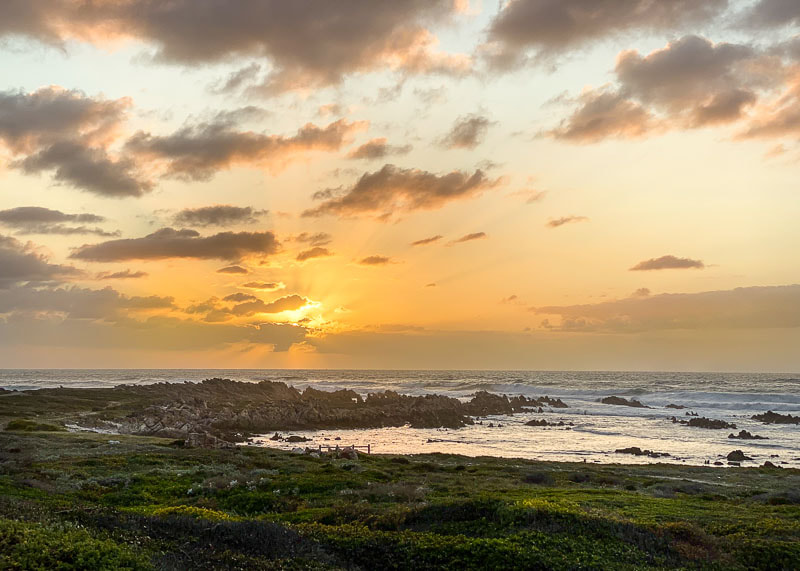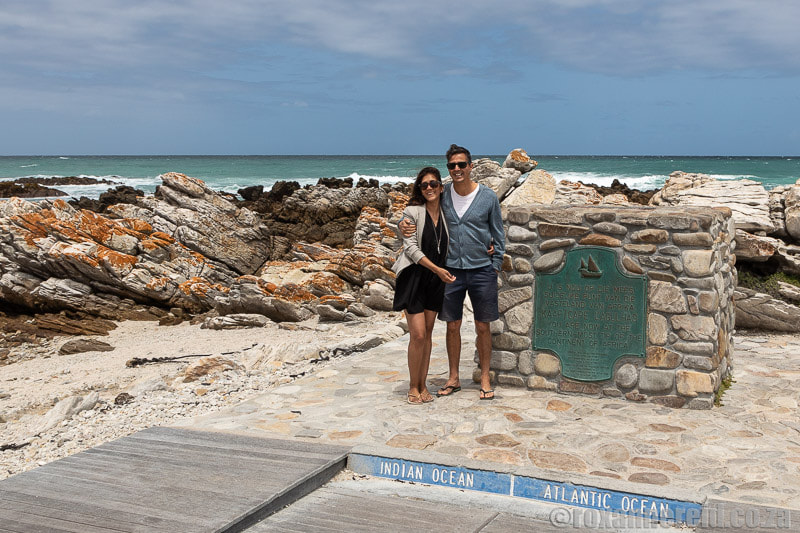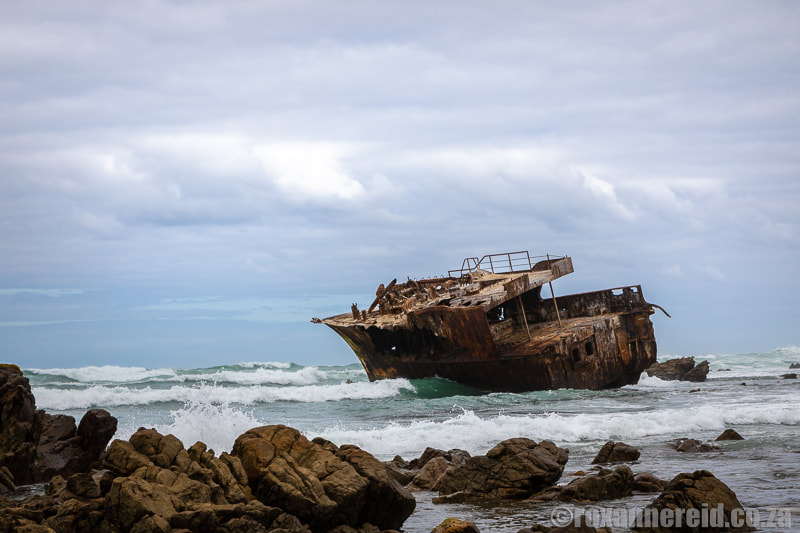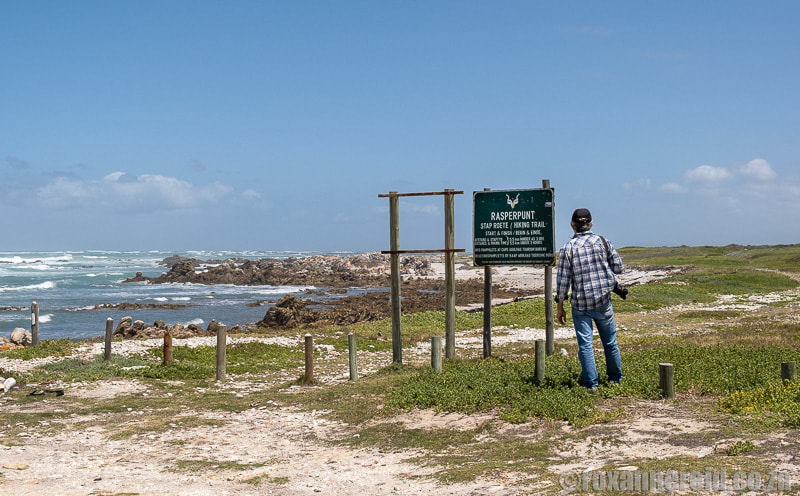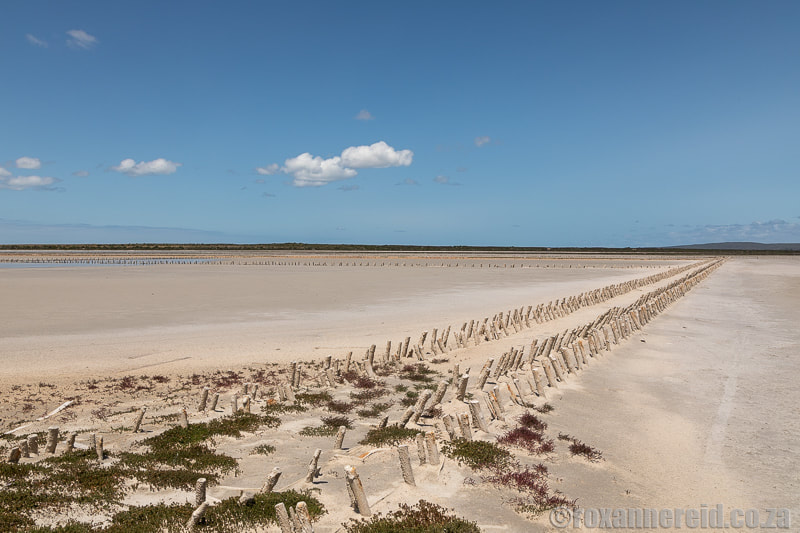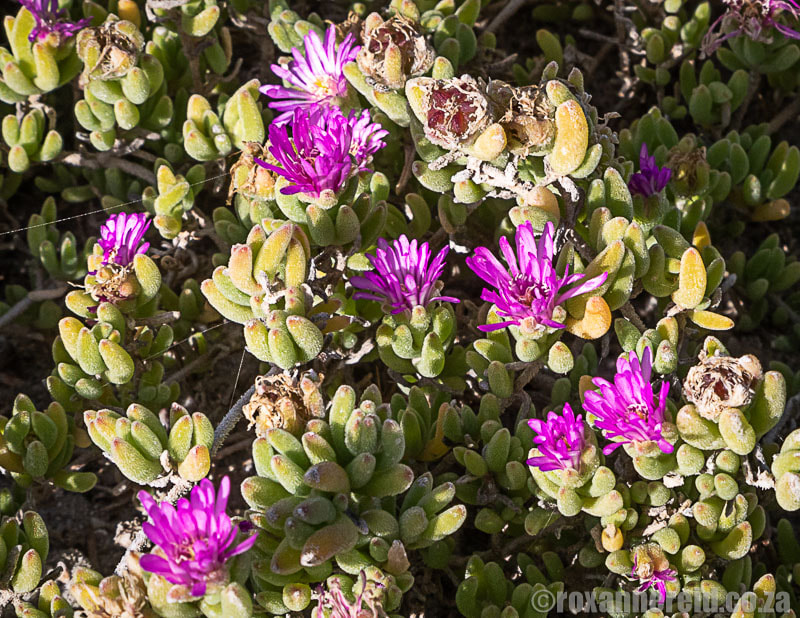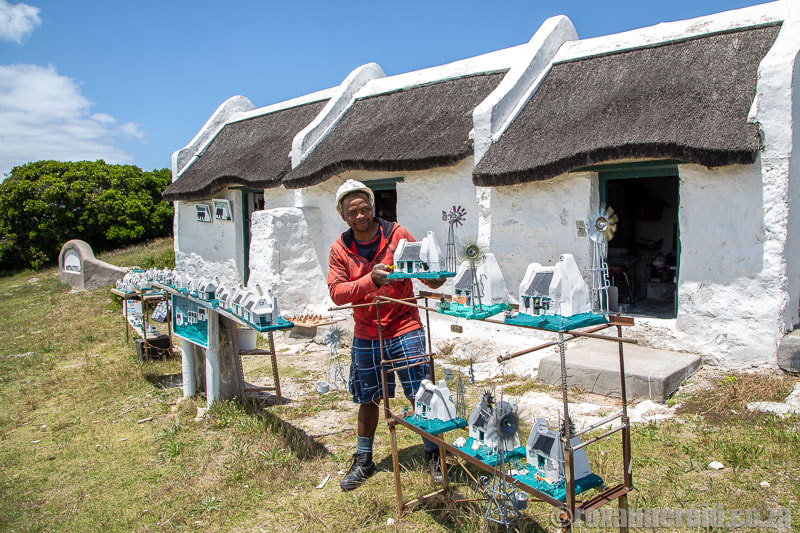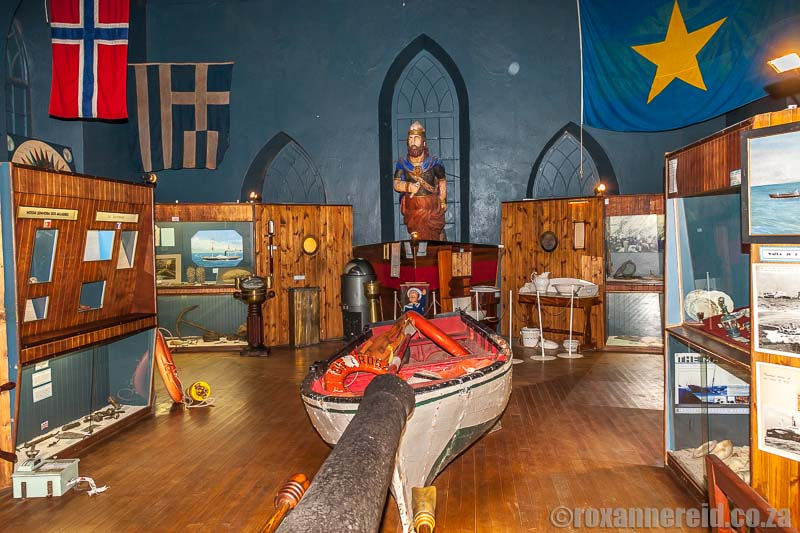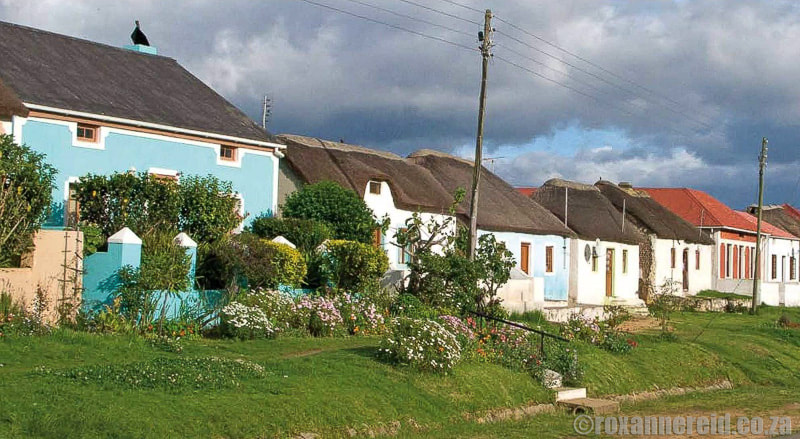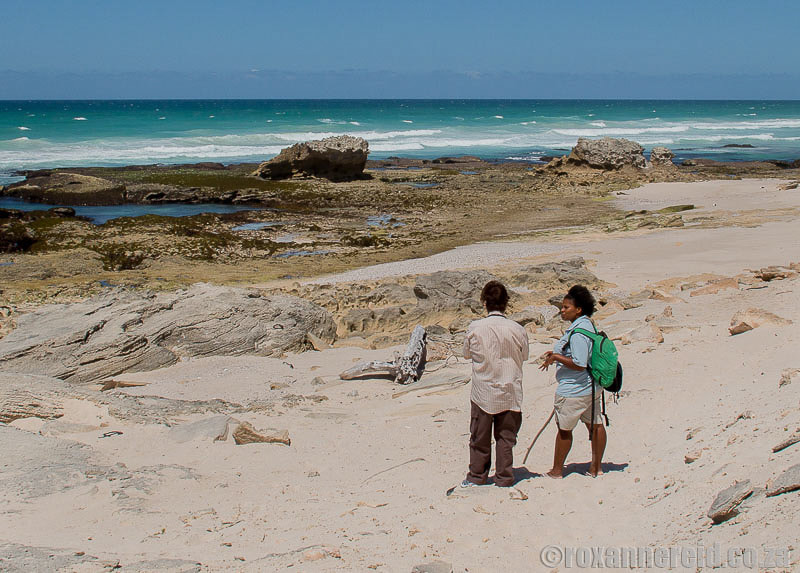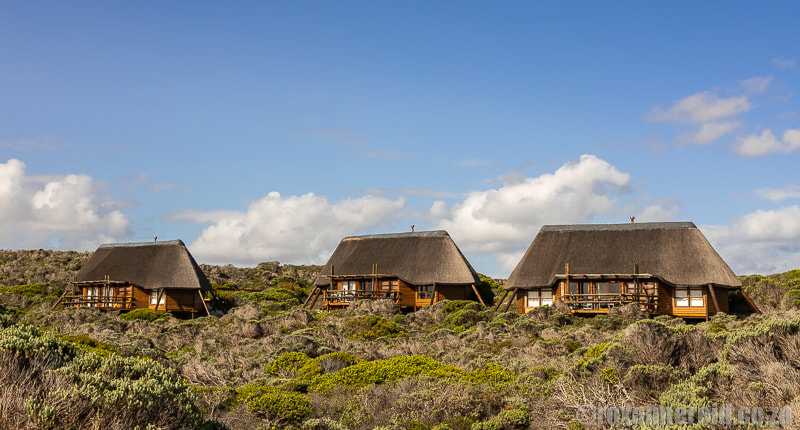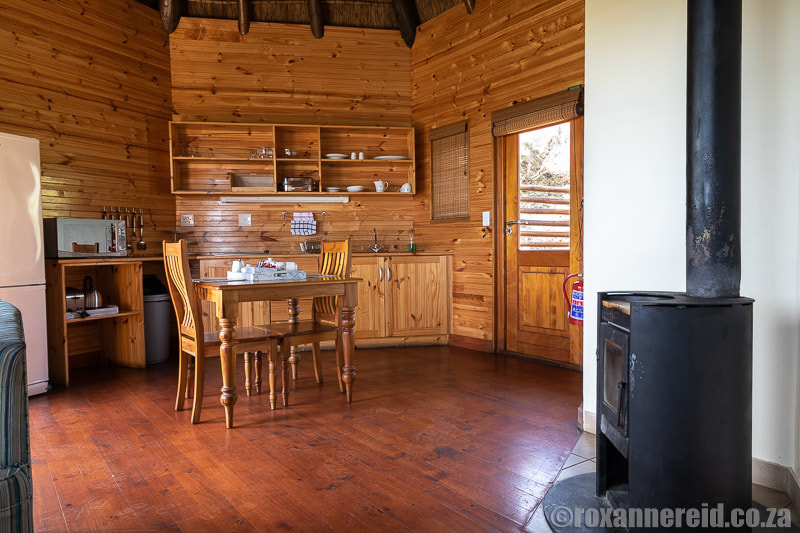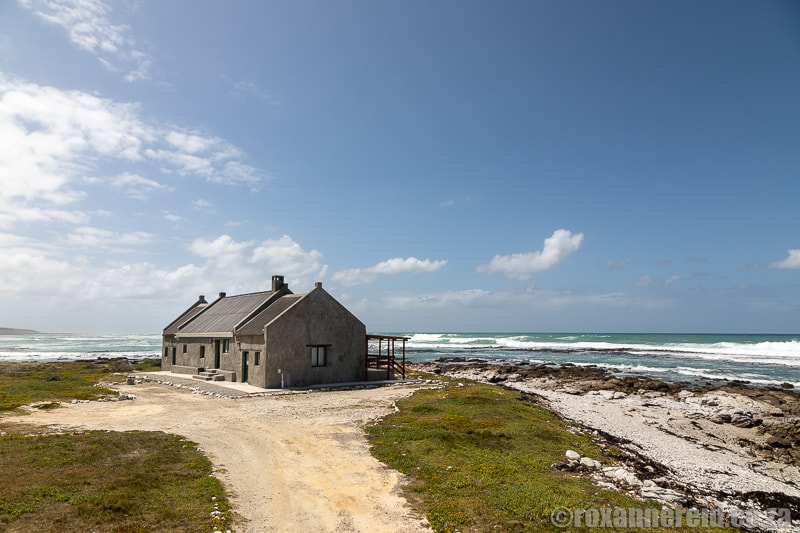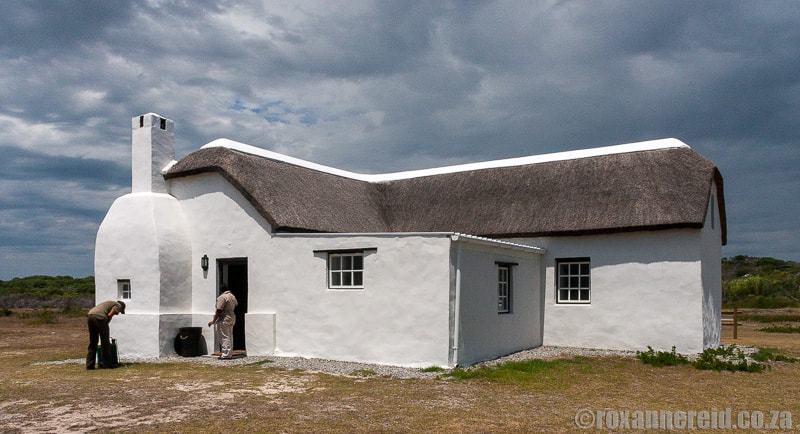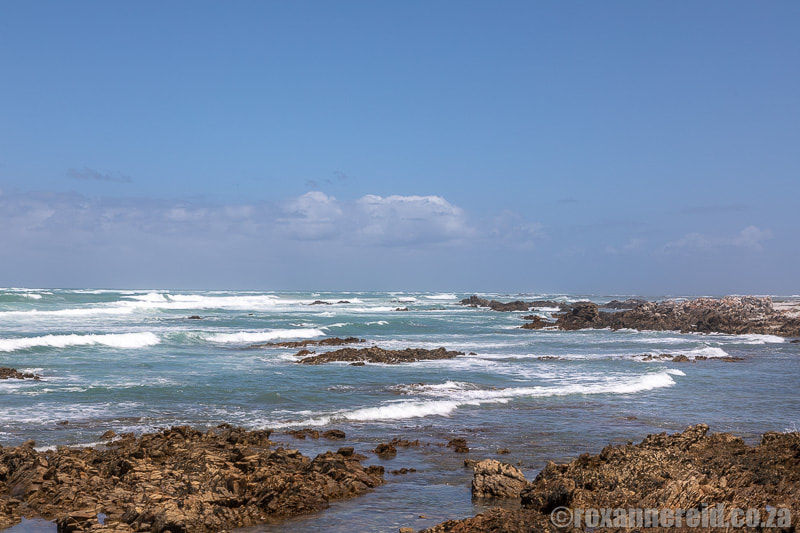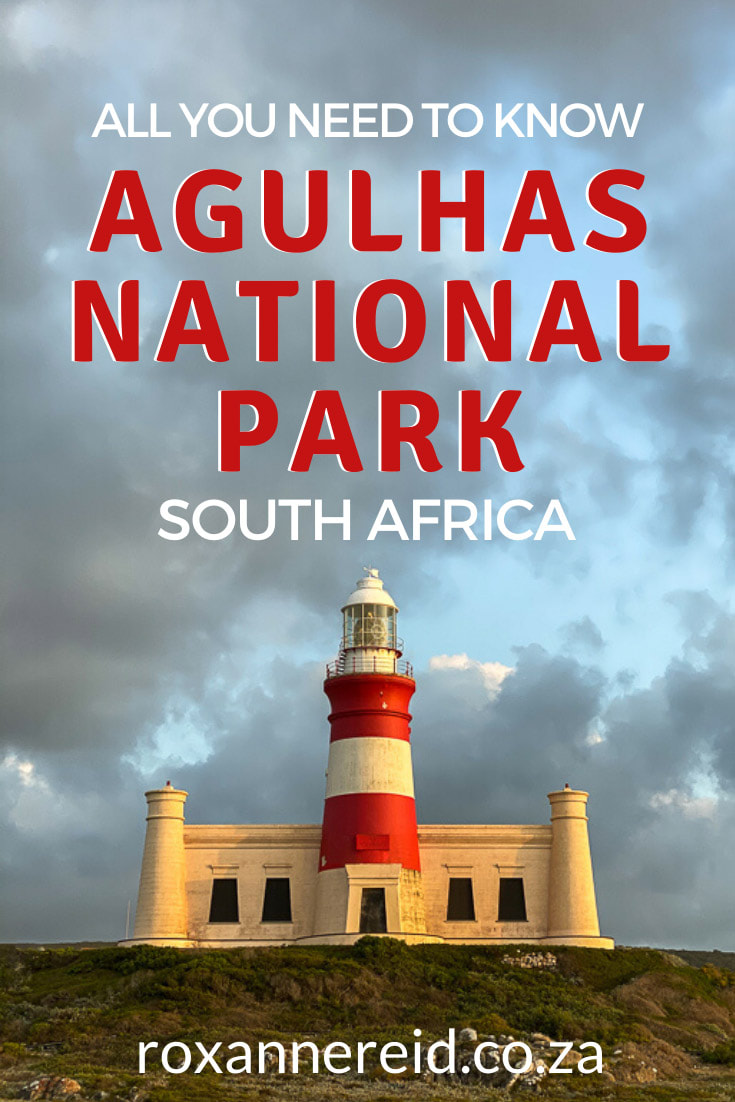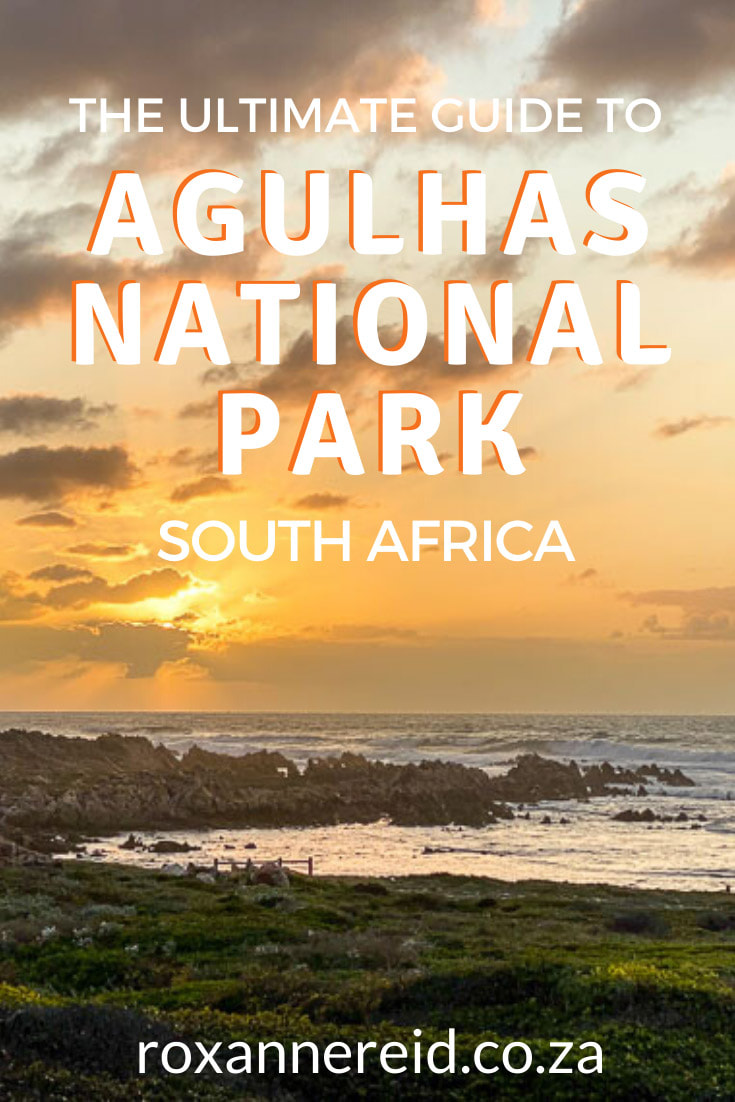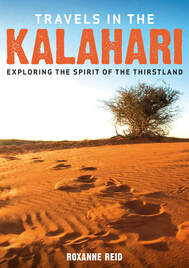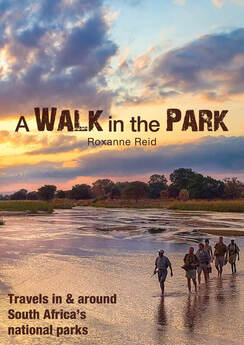Stand at the southernmost tip of Africa where two oceans meet, explore the Cape of Storms, see shipwrecks, a historic lighthouse and Khoi fish traps. Go hiking among colourful fynbos and birds, discover beaches, salt pans and farmland. Find out more in this guide to Agulhas National Park and everything you need to know before you plan your visit.
Despite what many people think, Cape Agulhas – and not Cape Point – is the southernmost point of Africa and where the Indian and Atlantic oceans meet. Here, you’ll find Agulhas National Park where there’s a whole bunch of cool things to do – I’ve listed 20 of them further down.
Where is it?
Agulhas National Park is 210km south-east of Cape Town. The nearest towns are L’Agulhas 3-4km away and the fishing village of Struisbaai 5km away. From the park it’s 36km to Bredasdorp and about 115km to Swellendam.
A network of tarred and gravel roads connects the rest camps, monuments and salt pans in the park, but you won’t need a 4x4 for any of them, although a high clearance vehicle is not a bad idea for getting to the farmland cottages (see Agulhas accommodation at the end of this post).
Best time to visit
The park has a Mediterranean climate so summers are hot and dry while some 400-600mm of rain falls mostly between May and October. Temperatures in summer are usually in the low to mid-20s Celsius, while they can fall as low as 7 degrees in winter. Sea temperatures are around 21 degrees Celsius in summer and 14 in winter. South-easterly summer winds have the advantage of cooling things down, but can be tiring when they continue for days on end, as they can along the coast here.
There are no facilities like shops, restaurants, banks or fuel stations inside the park, but you can find all these in the towns of L’Agulhas and Struisbaai virtually on the park’s doorstep, or at Bredasdorp a 36km drive away. For Agulhas National Park accommodation options and how to book, scroll to the end of this post.
Things to do in Agulhas National Park
1. Climb to the top of the lighthouse
Read more about the lighthouse
2. Stand on the tip of Africa
3. Travel back in time
The Agulhas area has a rich cultural heritage, and archaeologists have unearthed stone hearths, pottery and shell middens of ancient KhoiSan hunter-gatherer settlements. When the tide goes out, it reveals cleverly built Stone Age Khoi tidal fish traps. They are made by constructing dams across shallow gullies to strand the fish as the tide goes out. If you want to see them up close, some of the most accessible are about 1.5 km from the starting point of the Rasperpunt Trail (see point 5 below). Plan your walk for low tide.
4. Explore a ship’s graveyard
5. Go hiking
There are two trails inside the park.
The Two Oceans Trail is a 10.5km circular trail with shorter options of 3km or 4.5km. Its name is inspired by a viewpoint at the top of the Sandberg, from where you can see both the Atlantic and Indian oceans. It’s generally a fairly flat trail through indigenous fynbos, with just one section where you need to climb but the view from the top is worth the effort. The trail starts at the Agulhas Rest Camp. Get a map and info brochure from the park’s reception office opposite the lighthouse. The brochure details points of interest, such as the remains of a Late Stone Age Khoi shellfish kitchen, various fynbos species and viewpoints. Don’t forget to pile on the sunscreen and take a hat, sunglasses and lots of drinking water as there’s none along the trail.
6. Go bird watching
If you’re a keen birder, you’ll love the Agulhas National Park and its surrounding areas. Look for the Cape sugarbird and sunbirds in the coastal fynbos, Damara terns along the Struisbaai boardwalk, Hottentot buttonquail in patches of renosterveld, as well as Denham’s bustard and blue crane on open grassland. For water birds like flamingos, visit Springfield salt pan (see point 7 below). Raptors in the area include lanner falcon, African marsh-harrier, martial eagle, African fish-eagle and jackal buzzard.
7. Explore the wetlands and salt pans
8. Look for wildlife
The Agulhas Plain isn’t most famous for its land animals, but you might spot the Cape grysbok or other small creatures like mongoose, shrews or hares along your walks. Other mammals in the area include porcupine, genet and otter. Marine wildlife includes whales, dolphins and seals (see point 9 below).
9. Go whale watching
Look out for southern right whales spy-hopping, breaching or lobtailing in the ocean if you visit between July and November, when they visit these waters to breed. You may spot Cape fur seals, dolphins and porpoises at any time of year.
10. Smell the flowers
Other things to do in the area outside the park
1. Explore the Cape Agulhas Wine Route
Sprawling between Gansbaai and l’Agulhas, the Cape Agulhas wine route is South Africa’s most southerly wine route. Go wine tasting at some of the wine farms in the area and maybe buy a few bottles to take home. Try Lomond Wine Estate on the Agulhas Plain 8km from Gansbaai, The Berrio or Black Oystercatcher off the R43 between Elim and Bredasdorp, or Strandveld Vineyards on the R317. Do check their tasting hours before you go. Some of the wine farms offer walking and mountain biking trails too.
2. Visit Struisbaai
3. Go fishing
Another one of the things to do in Struisbaai is to get a fishing permit at the Struisbaai post office and enjoy a day of fishing from the rocks or the jetty. Bring lots of drinking water, a hat and sunscreen. Deep-sea fishing is also a possibility from one of the boats anchored at Struisbaai.
4. Discover art and history at Hotagtersklip
5. Get moving
There are plenty of things to do in Struisbaai and the L’Agulhas area that will get you moving and give you a bit of a workout. These include kayaking, mountain biking and horse riding on the beach at Struisbaai. Or walk the 4km Spookdraai (Ghost Corner) Trail that starts in L’Agulhas and lets you explore fynbos, birdlife and historical points of interest along the coastline. As always, take a hat, sunscreen and drinking water. Get an info brochure and map of the trail for a small fee from the info centre at the Caltex Fuel Station on the main road in Struisbaai. This is also the place to ask about other activities like kayaking, etc; tel 028 436-6700.
Read more about the ghosts of the area
6. Enjoy a day on the beach
Spend a day on the beach at Struisbaai or L'Agulhas beach, swim in the shallows or explore the rock pools to see what marine animals are lurking there.
7. Visit the Shipwreck Museum
Read more about the Shipwreck Museum
8. Visit a Moravian mission village
9. Go shark cage diving or boat-based whale watching
Gansbaai some 88km north-west of the park is home to Fair Trade Tourism-certified companies like Marine Dynamics and Dyer Island Cruises, which offer responsible whale and shark experiences. They don’t get too close for the animals’ comfort and actively contribute to research and conservation of whales, great white sharks and African penguins. The best months for seeing southern right whales are June to November, though Bryde’s and humpback whales are around all year.
Read about other things to do in and around Gansbaai
10. Explore De Hoop Nature Reserve
Read about other things to do at De Hoop
Agulhas National Park accommodation
Agulhas Rest Camp
Lagoon House
Rietfontein Guest Cottages
If you’re looking for something different from the seaside Agulhas Rest Camp (see above), consider booking at Rietfontein, an 18th century Strandveld farm. Fire destroyed the historic homestead called Langhuis (or long house) in 2003, but it has been rebuilt. There are four two-bed units, each with kitchen (gas fridge, geyser and two-plate gas stove), toilet and shower. Lighting is solar. You can hire the units separately or all together for an eight-person self-catering getaway into the Agulhas farmlands.
Book in and get your key at the main park reception near the Cape Agulhas lighthouse. From there it’s about 63km to Rietfontein, including 40km on gravel – it’s best to have a 4x4 or high-clearance vehicle. Travel time will be slow once you hit the gravel so allow at least an hour for the trip after booking in.
Rhenosterkop Rest Camp
About 31km from the Cape Agulhas lighthouse, Rhenosterkop’s cottages lie on one of the oldest farms in the Strandveld and they are national monuments. The oldest buildings date back to the mid-18th century but have been carefully restored for use farm-style modern as guest cottages. The last 18km of road is gravel and although you don’t need a 4x4, high clearance would be a good idea when it gets wet from June to August. Book in and get a gate key from the main park reception office opposite the lighthouse; from there it should take about another 45 minutes to get to your cottage.
Read more about Rhenosterkop
Bergplaas Guest House
Bergplaas in the foothills of Soetanysberg was a stock post in the 1860s but the first house was only built in the 1950s. Fire destroyed it in 1979, after which it was rebuilt to be more modern, with views of the surrounding countryside and a relaxed country vibe. It has five bedrooms, four of them with an en suite bathroom. There’s also a large living room with easy chairs and a ten-seater dining table, and a kitchen well equipped for self catering.
Bergplaas lies 36km from the park reception office opposite the Cape Agulhas Lighthouse, where you need to book in. The last 26km are gravel. Although you don’t need a 4x4, high clearance would be a good idea from June to August when it gets wet. Leave plenty of time – about an hour – to get there from where you book in.
Camping
There is no campsite inside the park, but if you really love to camp you can try the campsites at L’Agulhas or Struisbaai nearby. Just understand that you won’t be surrounded by nature because both are in small towns 3-5km away from the park.
Need to know
SANParks central reservations (for rates and bookings)
Tel +27 (0) 12 428-9111
Email [email protected]
https://www.sanparks.org
Agulhas National Park
Tel +27 (0) 28 435 6078
https://www.sanparks.org/parks/agulhas/
You may also enjoy
17 things to do in Hermanus on the Cape Whale Coast
17 things to do in Stanford in the Overberg
Why to visit the Moravian mission village of Elim, Western Cape
20 things to do in Malgas in the Overberg
Like it? Pin this image!
